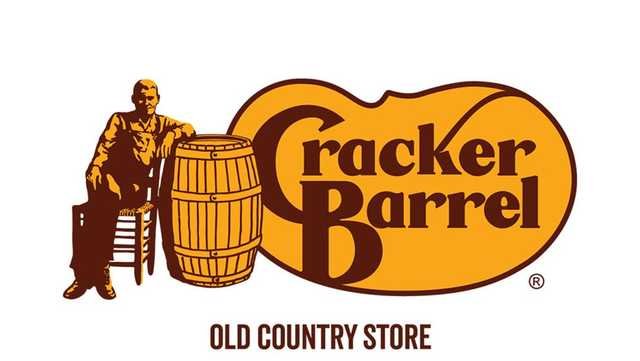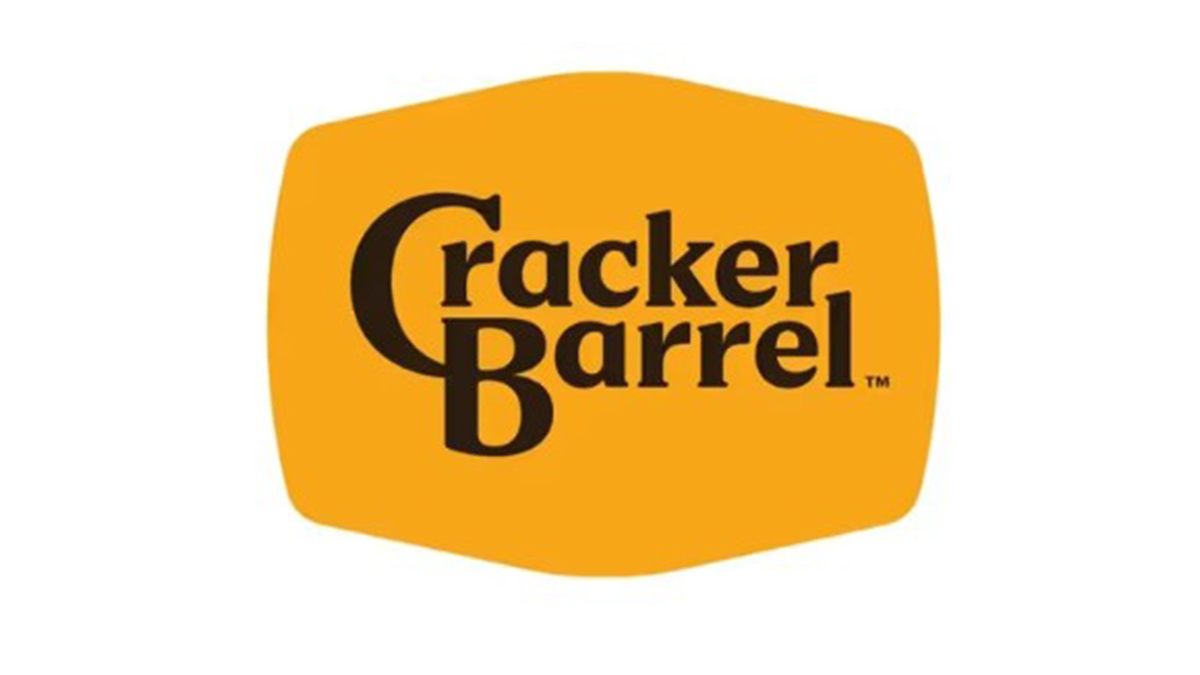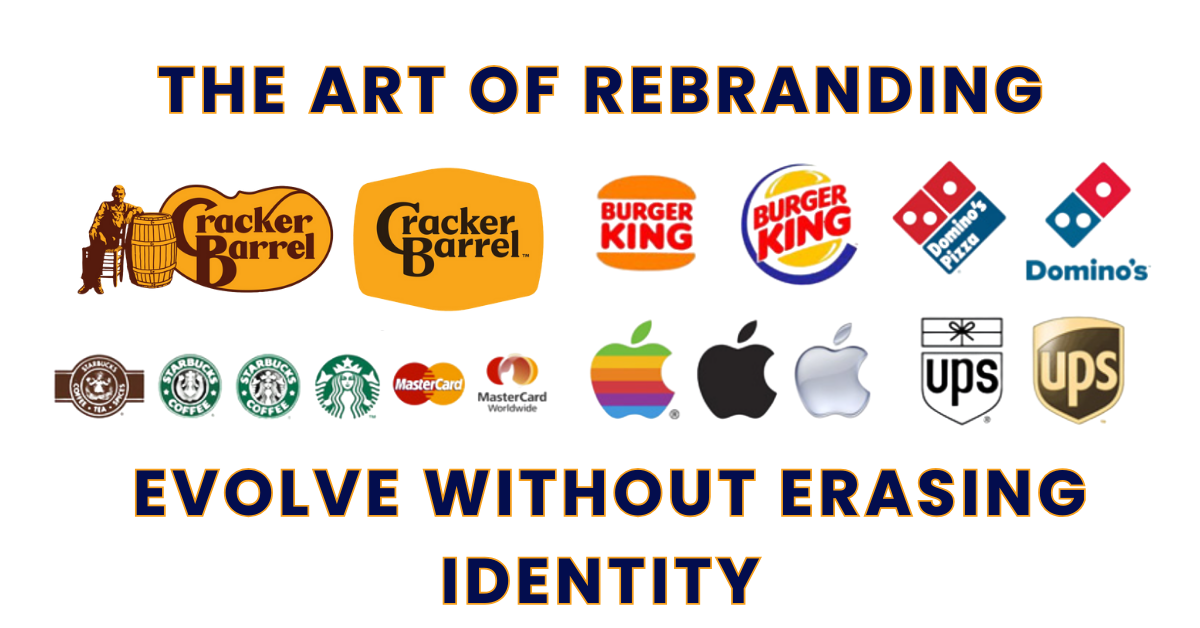Rebranding with Purpose: Why Evolving Your Identity Matters
Rebranding after many years is not just acceptable, it’s often necessary. The world moves fast. Design trends evolve, digital platforms demand cleaner visuals, and audiences expect freshness. Most importantly, apps and other technological platforms seek less cluttered branding so it’s easier for people to remember. A brand that never changes risks feeling outdated or irrelevant.
But the truth is, rebranding is never just about the logo. It’s about the relationship your audience has built with your identity over years, sometimes decades. And that bond runs deeper than most companies realize.
Why Rebranding Matters
Here are a few insights on why rebranding matters and why we have to be mindful about how we approach it:
1. Rebranding Signals Growth
A refresh tells the market that your brand is evolving, staying relevant, and adapting to new generations.
It shows confidence and vision, a willingness to meet the future head-on instead of being stuck in the past.
2. Your Brand Identity Is More Than a Logo
Colors, icons, typography, and even textures are not just design elements. They’re emotional triggers. Sometimes even deviating from a color that represents the culture can create distance between the brand and its loyal audience.
People don’t remember brands in pixels, they remember the feeling those colors, icons, or symbols gave them.
A single icon (for example, Cracker Barrel’s old “Old Timer with the barrel”) can hold decades of cultural connection. When elements like this are removed without careful consideration, it may risk weakening the trust and recognition the brand has built.

3. Simplicity Is Powerful, but Balance Matters
Many brands move toward minimalism like cleaner logos, flatter icons, text-only treatments. It works beautifully in digital spaces.
But simplicity should not equal “erasing identity.” The art lies in modernizing without stripping away heritage.
Keep the recognizable colors, or a subtle nod to your history, so the brand still feels familiar while fresh. That way, the audience embraces the change because it still revolves around what they loved.

4. The Emotional Weight of Culture
A brand is not just a product – it’s a culture wrapped in visuals, stories, and experiences.
Loyal customers don’t just “see” the brand, they live it. They associate it with family traditions, nostalgia, trust, and even personal values.
Think about how brands like Burger King, Domino’s, Starbucks, or Apple maintain strong emotional recognition — even when they evolve visually.
Any rebranding that ignores this emotional layer risks backlash, no matter how good the design looks on paper.
5. The Strategy Behind a Successful Rebrand
When we advise on rebranding, we always highlight three guiding principles:
- Rebrand when the market requires it: Don’t change just for vanity. Change because your audience, platforms, or competitors demand it.
- Rebrand with your audience in mind: Test. Listen. Understand what elements your customers hold closest.
- Rebrand without losing your soul: A rebrand should evolve the story, not erase it.
The Best Rebrands Carry the Heartbeat of the Brand’s Culture
Rebranding is important — it breathes new life into a brand and keeps it relevant in a fast‑changing world. But the best rebrands don’t simply replace colors or update fonts. They carry forward the heartbeat of the brand’s culture, the part that audiences have grown to trust, love, and identify with.
Because at the end of the day, people don’t stay loyal to logos. They stay loyal to what those logos represent: shared values, consistent experiences, and emotional connections. Just ask companies like Mastercard, UPS, or Apple.

Final Thoughts: Evolving Without Losing Yourself
If you’re considering a rebrand, remember that the goal isn’t to look different for the sake of change — it’s to align better with where your company is going and how your audience perceives you. A thoughtful rebrand honors the past while embracing the future.
Need help navigating your next rebrand? Explore our full Brand Strategy service to build a foundation for your next chapter.
Book your free consultation here — let’s define your next brand evolution together.
